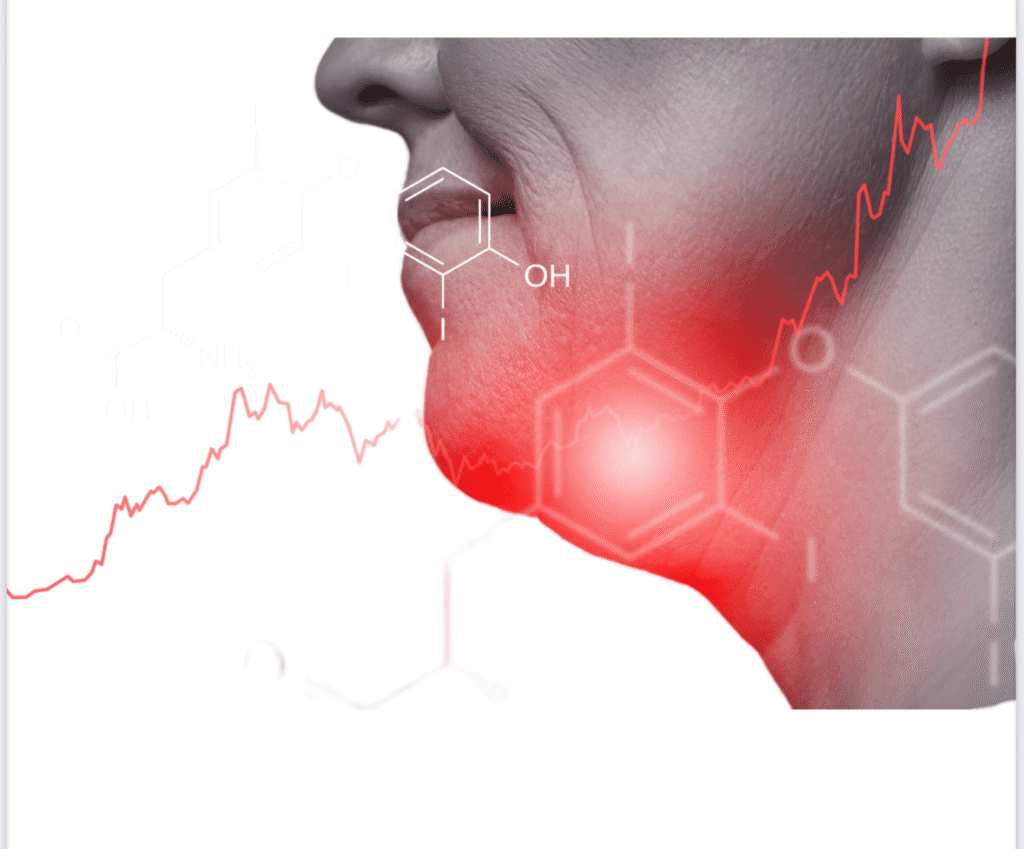
What Is Hormone Therapy for menopause?
Hormone Therapy is a treatment that replaces estrogen and/or progesterone in women experiencing menopause. It is primarily used to relieve symptoms caused by hormonal decline, such as hot flashes, night sweats, and vaginal dryness.
Hormone Therapy can also provide long-term health benefits, including protection against osteoporosis and potential cardiovascular benefits when initiated at the right time. However, it is not suitable for all women and requires an individualized approach.
Types of Hormone Therapy
There are several types of hormone therapy, depending on the hormones used and the method of administration:
1. Estrogen Therapy (ET)
- Used for: Women who have had a hysterectomy (removal of the uterus).
- Forms: Pills, patches, creams, gels, vaginal rings.
- Main Benefit: Relieves hot flashes, vaginal dryness, and protects against osteoporosis.
2. Combined Estrogen-Progestin Therapy (EPT)
- Used for: Women with an intact uterus to prevent endometrial (uterine) cancer.
- Forms: Pills, patches, intrauterine devices (IUDs) with progestin.
- Main Benefit: Provides symptom relief while protecting the uterus.
3. Bioidentical Hormones
- Derived from: Plant-based sources that mimic natural hormones.
- Regulation: Some formulations are FDA-approved, but compounded bioidentical hormones lack standardization.
- Main Benefit: Marketed as a “natural” alternative, but requires more research.
4. Local (Low-Dose) Vaginal Estrogen
- Used for: Treating vaginal dryness, painful intercourse, and urinary symptoms.
- Forms: Creams, rings, tablets.
- Main Benefit: Works directly on vaginal tissues with minimal absorption into the bloodstream.
Benefits of Hormone Therapy
Hormone Therapy is considered the most effective treatment for menopause symptoms, with several well-documented benefits:
1. Relief from Hot Flashes and Night Sweats
- Studies show that HRT can reduce the frequency and severity of hot flashes by 75% (NAMS, 2022).
- Improves sleep quality, reducing night sweats that cause sleep disturbances.
2. Prevention of Osteoporosis and Fractures
- Estrogen plays a key role in maintaining bone density.
- Postmenopausal women on HRT have lower fracture risks than those who do not take hormones (Rossouw et al., 2020).
- The U.S. Preventive Services Task Force recognizes HRT as one of the most effective strategies to prevent osteoporosis in early menopause.
3. Protection Against Colorectal Cancer
- Some studies indicate that HRT may reduce the risk of colorectal cancer in postmenopausal women (Chlebowski et al., 2020).
4. Possible Cardiovascular Benefits (When Started Early)
- The “timing hypothesis” suggests that HRT started within 10 years of menopause may lower the risk of heart disease (Hodis et al., 2021).
- Younger women (50-59 years) on HRT have better artery function compared to non-users.
5. Improvement in Mood and Cognitive Function
- Estrogen is involved in brain function, and some studies suggest HRT may reduce the risk of depression and cognitive decline when started early (Georgakis et al., 2019).
- Can help with mood swings and anxiety caused by hormonal fluctuations.
Risks of Hormone Therapy
Despite its benefits, HRT is not without risks. The Women’s Health Initiative (WHI) study, which began in 2002, raised concerns about increased risks of breast cancer, blood clots, and strokes with long-term hormone therapy use. However, later research suggests these risks depend on age, type of therapy, and duration of use.
1. Increased Risk of Breast Cancer
- Long-term use of combined estrogen-progestin hormone therapy (EPT) may slightly increase breast cancer risk (Chlebowski et al., 2020).
- Risk is lower in estrogen-only therapy (ET), but still a consideration for long-term users.
2. Blood Clots and Stroke
- Oral estrogen formulations increase the risk of deep vein thrombosis (DVT) and pulmonary embolism.
- Transdermal patches and gels have a lower clotting risk and may be a safer option.
3. Heart Disease Risk in Older Women
- Starting hormone therapy after age 60 or more than 10 years after menopause may increase the risk of heart disease and stroke.
4. Endometrial Cancer Risk (With Unopposed Estrogen)
- Women with a uterus who take estrogen without progestin have a higher risk of endometrial cancer.
Who Should Avoid hormone therapy?
Hormone Therapy may not be recommended for women who:
- Have a history of breast cancer, blood clots, stroke, or heart disease.
- Have unexplained vaginal bleeding.
- Have untreated high blood pressure (should be controlled before considering hormone therapy).
How to Use Hormone Therapy Safely
- Start at the lowest effective dose for symptom relief.
- Use transdermal estrogen (patches, gels) to lower clot risks.
- Regular check-ups with a doctor to evaluate benefits vs. risks.
- Limit duration to the shortest time needed (generally 3-5 years).
- Consider alternatives for women at higher risk.
Alternative Therapies for Menopause Symptoms
For women who cannot take hormone therapy or prefer natural approaches, alternatives include:
- Phytoestrogens (Soy, Flaxseed, Red Clover) – Plant compounds with weak estrogen-like effects.
- Acupuncture – Some evidence suggests it may help reduce hot flashes.
- Cognitive Behavioral Therapy (CBT) – Helps with mood swings and sleep problems.
- Strength Training and Yoga – Improves bone density, mood, and metabolic health.
Conclusion
Hormone therapy is the most effective treatment for menopause symptoms and offers significant benefits, particularly for younger women in early menopause. It can relieve hot flashes, protect bone health, and improve quality of life when used appropriately. However, it is not risk-free, and decisions about hormone therapy should be based on individual health factors.
Women considering hormone therapy should have an open discussion with their doctor to weigh the benefits and risks and determine the best treatment plan for their needs.
Hormone Therapy: References
- Chlebowski, R.T., Manson, J.E., Anderson, G.L., et al. (2020). Estrogen Plus Progestin and Breast Cancer Incidence and Mortality in the Women’s Health Initiative Observational Study. JAMA Oncology, 6(2), 187–197.
- Hodis, H.N., Mack, W.J. (2021). Coronary Heart Disease and Hormone Therapy in Postmenopausal Women: Evidence From Randomized Controlled Trials. Journal of the American College of Cardiology, 77(11), 1395–1408.
- Georgakis, M.K., et al. (2019). Association of Age at Menopause and Duration of Reproductive Period with Depression After Menopause: A Systematic Review and Meta-Analysis. JAMA Psychiatry, 76(3), 294–305.
- North American Menopause Society (NAMS). (2022). Menopause Hormone Therapy Position Statement. Menopause, 29(1), 15–30.
- Rossouw, J.E., et al. (2020). Postmenopausal Hormone Therapy and Risk of Cardiovascular Disease by Age and Years Since Menopause. JAMA, 324(12), 1131–1141.

